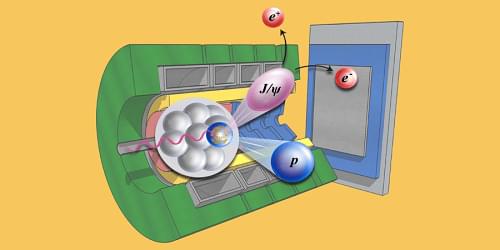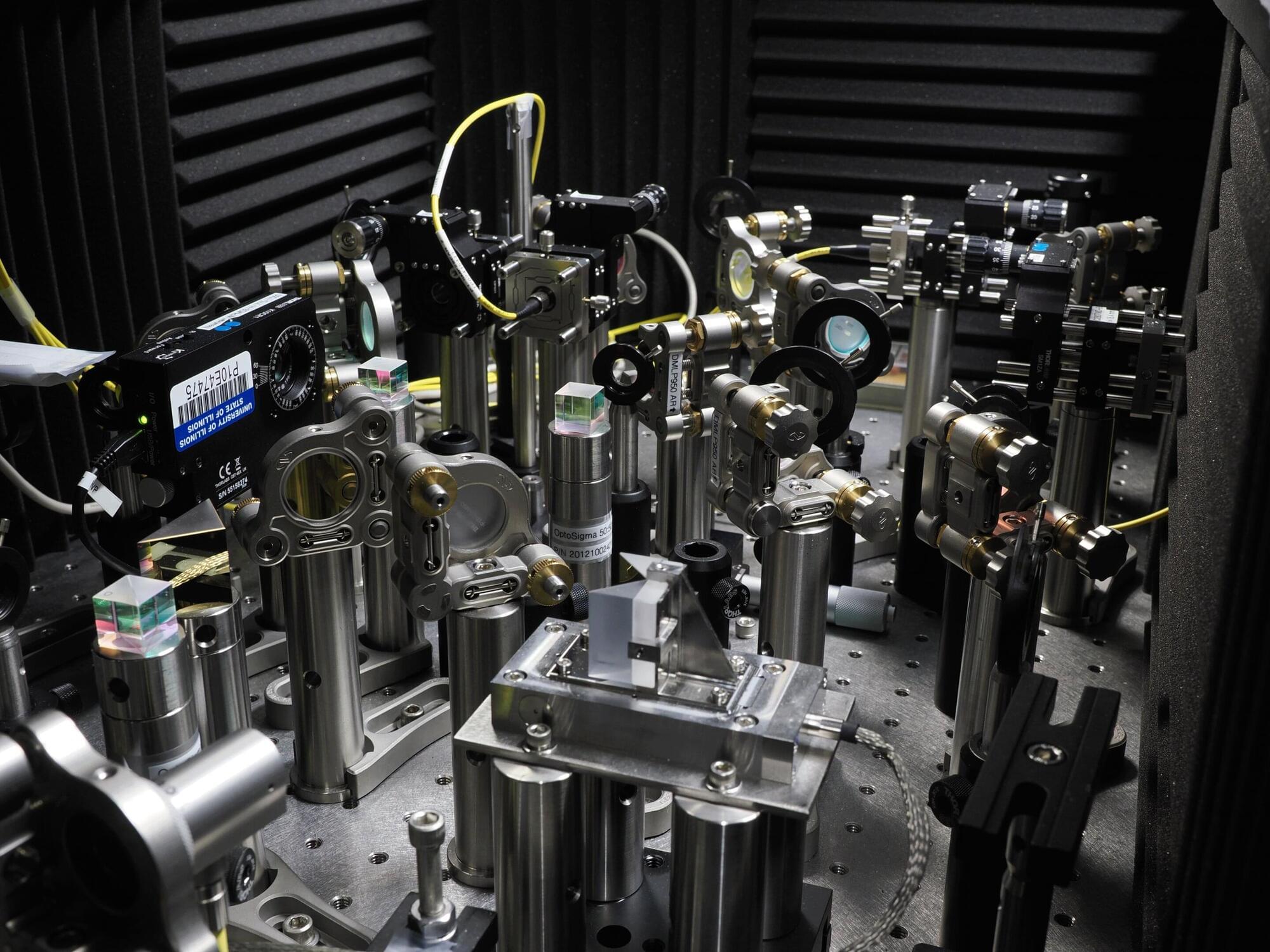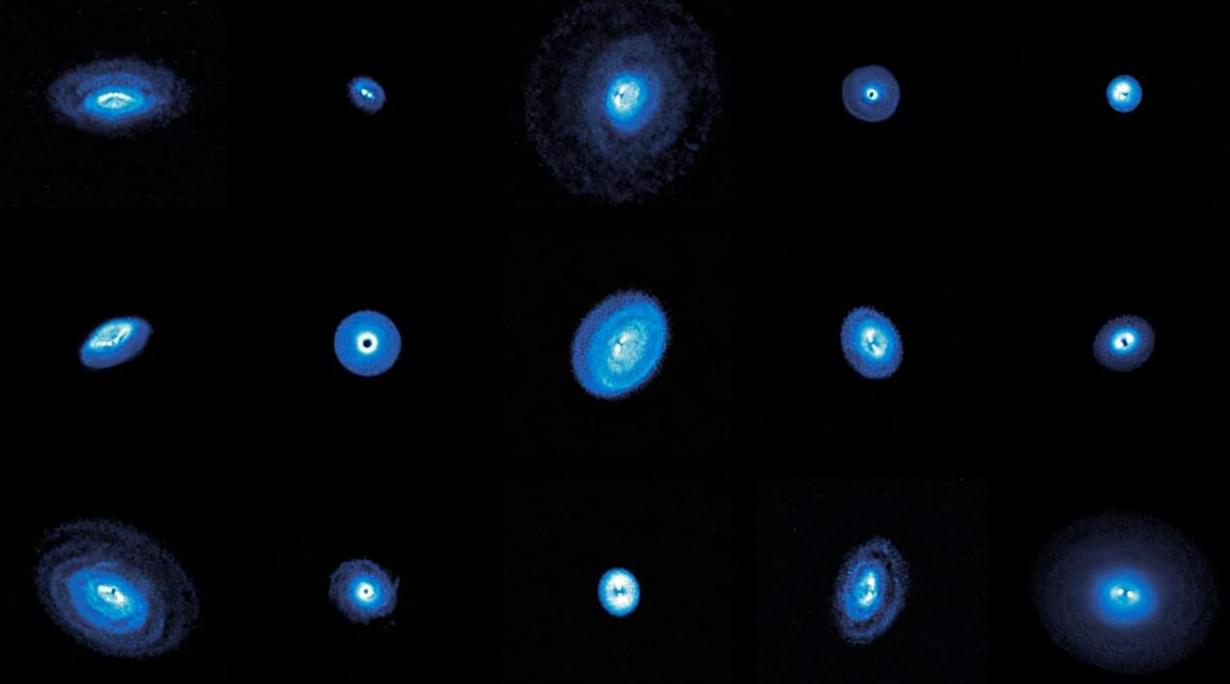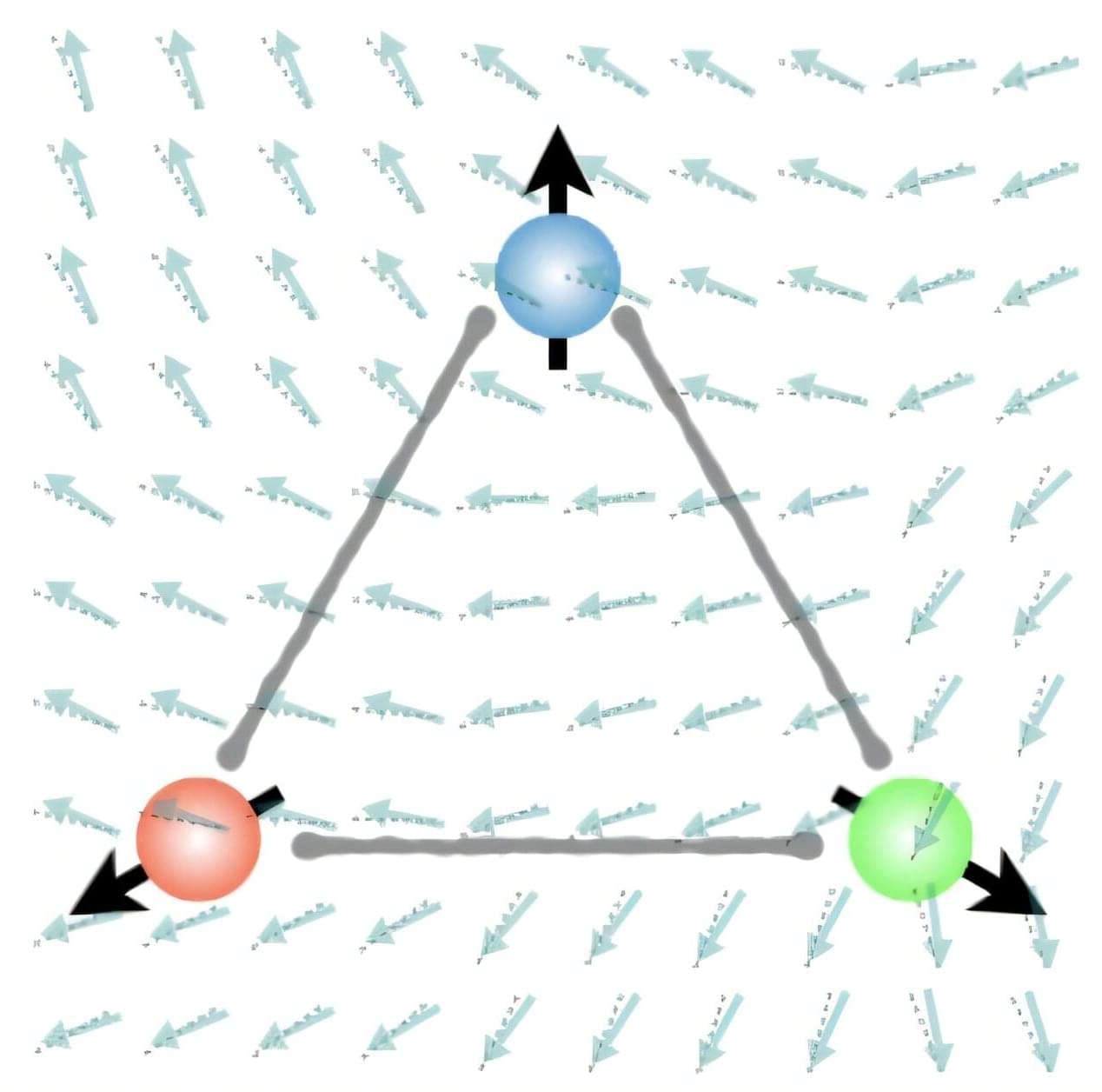It’s the first partnership under the new OpenAI for Countries initiative.



Scientists discover fungus species in Chernobyl nuclear zone have mutated to feed on radiation:
Cryptococcus neoformans, discovered at the site in 1991, feeds on radiation through a process called radiosynthesis. Its high levels of melanin absorb harmful radiation and convert it into chemical energy, much like how plants use photosynthesis to create energy.
NASA scientists, in collaboration with Johns Hopkins University, are now testing melanin extracted from the fungi aboard the International Space Station. ’ If successful, this natural shield could protect astronauts and equipment from cosmic rays, a significant challenge for long-term space exploration. “Space radiation is dangerous and damages matter,” explains researcher Radamés J.B. Cordero. “A material like this could shield astronauts and benefit people here on Earth.” This discovery turns a remnant of a nuclear disaster into a potential lifesaver for humanity’s journey into the cosmos.
Learn more.
Radiotrophic fungi are fungi that can perform the hypothetical biological process called radiosynthesis, which means using ionizing radiation as an energy source to drive metabolism. It has been claimed that radiotrophic fungi have been found in extreme environments such as in the Chernobyl Nuclear Power Plant.
Most radiotrophic fungi use melanin in some capacity to survive. [ 1 ] The process of using radiation and melanin for energy has been termed radiosynthesis, and is thought to be analogous to anaerobic respiration. [ 2 ] However, it is not known if multi-step processes such as photosynthesis or chemosynthesis are used in radiosynthesis or even if radiosynthesis exists in living organisms.
Researchers in the U.S. have discovered a self-sustaining material that uses capillary condensation to harvest water from the air.


Magnets and superconductors go together like oil and water—or so scientists have thought. But a new finding by MIT physicists is challenging this century-old assumption.
In a paper appearing in the journal Nature, the physicists report that they have discovered a “chiral superconductor”—a material that conducts electricity without resistance, and also, paradoxically, is intrinsically magnetic. What’s more, they observed this exotic superconductivity in a surprisingly ordinary material: graphite, the primary material in pencil lead.
Graphite is made from many layers of graphene—atomically thin, lattice-like sheets of carbon atoms—that are stacked together and can easily flake off when pressure is applied, as when pressing down to write on a piece of paper. A single flake of graphite can contain several million sheets of graphene, which are normally stacked such that every other layer aligns. But every so often, graphite contains tiny pockets where graphene is stacked in a different pattern, resembling a staircase of offset layers.

Manuel Endres, professor of physics at Caltech, specializes in finely controlling single atoms using devices known as optical tweezers. He and his colleagues use the tweezers, made of laser light, to manipulate individual atoms within an array of atoms to study fundamental properties of quantum systems. Their experiments have led to, among other advances, new techniques for erasing errors in simple quantum machines; a new device that could lead to the world’s most precise clocks; and a record-breaking quantum system controlling more than 6,000 individual atoms.
One nagging factor in this line of work has been the normal jiggling motion of atoms, which make the systems harder to control. Now, reporting in the journal Science, the team has flipped the problem on its head and used this atomic motion to encode quantum information.
“We show that atomic motion, which is typically treated as a source of unwanted noise in quantum systems, can be turned into a strength,” says Adam Shaw, a co-lead author on the study along with Pascal Scholl and Ran Finkelstein.

University of Illinois Physics Professor Paul Kwiat and members of his research group have developed a new tool for precision measurement at the nanometer scale in scenarios where background noise and optical loss from the sample are present.
This new optical interferometry technology leverages the quantum properties of light—specifically, extreme color entanglement—to enable faster and more precise measurements than widely used classical and quantum techniques can achieve.
Colin Lualdi, Illinois Physics graduate student and lead author of the study, emphasizes, “By taking advantage of both quantum interference and quantum entanglement, we can make measurements that would otherwise be difficult with existing methods.”

A team of international astronomers led by Richard Teague, the Kerr-McGee Career Development Professor in the Department of Earth, Atmospheric and Planetary Sciences (EAPS), has gathered the most sensitive and detailed observations of 15 protoplanetary disks to date, giving the astronomy community a new look at the mechanisms of early planetary formation.
“The new approaches we’ve developed to gather this data and images are like switching from reading glasses to high-powered binoculars—they reveal a whole new level of detail in these planet-forming systems,” says Teague.
Their open-access findings were published in a special collection of 17 papers in The Astrophysical Journal Letters, with several more coming out this summer. The report sheds light on a breadth of questions, including ways to calculate the mass of a disk by measuring its gravitational influence and extracting rotational velocity profiles to a precision of meters per second.

An international research team led by the Paul Scherrer Institute PSI has measured the radius of the nucleus of muonic helium-3 with unprecedented precision. The results are an important stress test for theories and future experiments in atomic physics.
1.97007 femtometer (quadrillionths of a meter): That’s how unimaginably tiny the radius of the atomic nucleus of helium-3 is. This is the result of an experiment at PSI that has now been published in the journal Science.
More than 40 researchers from international institutes collaborated to develop and implement a method that enables measurements with unprecedented precision. This sets new standards for theories and further experiments in nuclear and atomic physics.

What if the magnon Hall effect, which processes information using magnons (spin waves) capable of current-free information transfer with magnets, could overcome its current limitation of being possible only on a 2D plane? If magnons could be utilized in 3D space, they would enable flexible design, including 3D circuits, and be applicable in various fields such as next-generation neuromorphic (brain-mimicking) computing structures, similar to human brain information processing.
KAIST and an international joint research team have, for the first time, predicted a 3D magnon Hall effect, demonstrating that magnons can move freely and complexly in 3D space, transcending the conventional concept of magnons. The work is published in the journal Physical Review Letters.
Professor Se Kwon Kim of the Department of Physics, in collaboration with Dr. Ricardo Zarzuela of the University of Mainz, Germany, has revealed that the interaction between magnons (spin waves) and solitons (spin vortices) within complex magnetic structures (topologically textured frustrated magnets) is not simple, but complex in a way that enables novel functionalities.